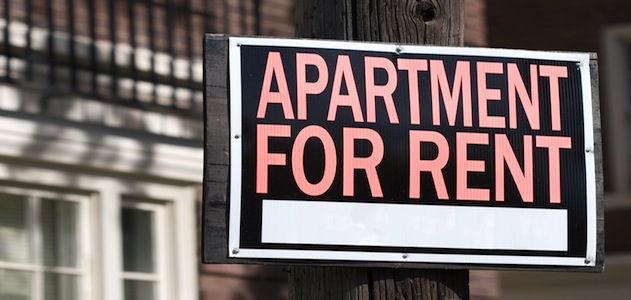If you doubt our country suffers from a severe shortage of affordable rental housing, consider this number: 4.9 million.
That is the difference between the 11.8 million renters with extremely low incomes (at or below 30% of the area median) and the 6.9 million affordable rental units that are currently available in the market, according to Harvard’s Joint Center for Housing Studies. While the ranks of extremely low-income renters rose by three million from 2001 to 2011, the number of affordable rentals remained essentially unchanged during this period.
Unfortunately, the affordable rental shortage will only get worse in the future absent a concerted effort to address the lack of supply.
On the demand side, we can expect millions of new renters by the end of this decade. Hundreds of thousands of young adults are now forming households for the first time, and most are opting for rental housing. The homeownership rate has dropped to the lowest point in 19 years, as families continue to reel from the collapse of the housing market. Looking ahead, tougher underwriting standards and new regulatory requirements are likely to put homeownership out of reach for many and make rental housing the only option.
The onslaught of new renters is already being felt in the marketplace. Rental vacancies are dropping and rents rising in many communities.
New multifamily construction is up significantly in response to greater demand, but the supply of rental homes that are affordable to lower-income households continues to fall far short of what is necessary. Competition in the marketplace can be intense: Families with higher incomes often occupy those rental units affordable to households with lower incomes.
Closing the affordable rental gap should be a top policy priority. The good news is we do not have to reinvent the wheel to make some progress.
One of the most effective weapons in the affordable housing arsenal is the Low-Income Housing Tax Credit. Since its creation in 1986, the Housing Credit has supported the construction and preservation of an estimated 2.6 million affordable rental homes. The Housing Credit has leveraged tens of billions in private capital for this purpose. The foreclosure rate on Housing Credit properties is less than one percent, an incredible record of success.
The Housing Credit also benefits those at the bottom of the income ladder. A 2012 study by NYU’s Furman Center found that extremely low-income households occupy more than 40 percent of Housing Credit units, with a large percentage of these units receiving other forms of rental assistance.
Adding to these benefits is the fact that the Housing Credit is a job creator. According to the National Association of Home Builders, the Housing Credit generates more than $7 billion in economic income and approximately 95,000 jobs annually.
In light of all these benefits, the Bipartisan Policy Center Housing Commission recommends that federal support for the Housing Credit be increased by 50% over current levels. We estimate this proposal would support the preservation and construction of as many as 400,000 affordable rental homes over the next ten years – yes, not enough to meet the great demand but a major step in the right direction.
Last month, Congressmen Pat Tiberi (R-OH) and Richard Neal (D-MA) introduced bipartisan legislation (H.R. 4717) that would encourage additional private investment in affordable rental housing. The Tiberi-Neal bill would make permanent the 9% Housing Credit for new construction and create a new 4% credit rate floor for investment in existing developments.
Similar legislation (S.1442) has also been introduced by Senators Maria Cantwell (D-WA) and Pat Roberts (R-KS) and is part of the tax extenders bill now pending in the Senate. Both the Tiberi-Neal and Cantwell-Roberts proposals deserve to be on the legislative fast track.
With rents consuming a greater share of the monthly budgets for more and more low-income families, it’s time to get to work. Attacking a main cause of the problem – a severe shortage of affordable rental homes – must be a central component of the policy response.
The Bipartisan Policy Center will explore this and other issues at its New Directions for National Policy: 2014 Housing Summit in Washington, DC on September 15 and 16.
Be sure to join us!






